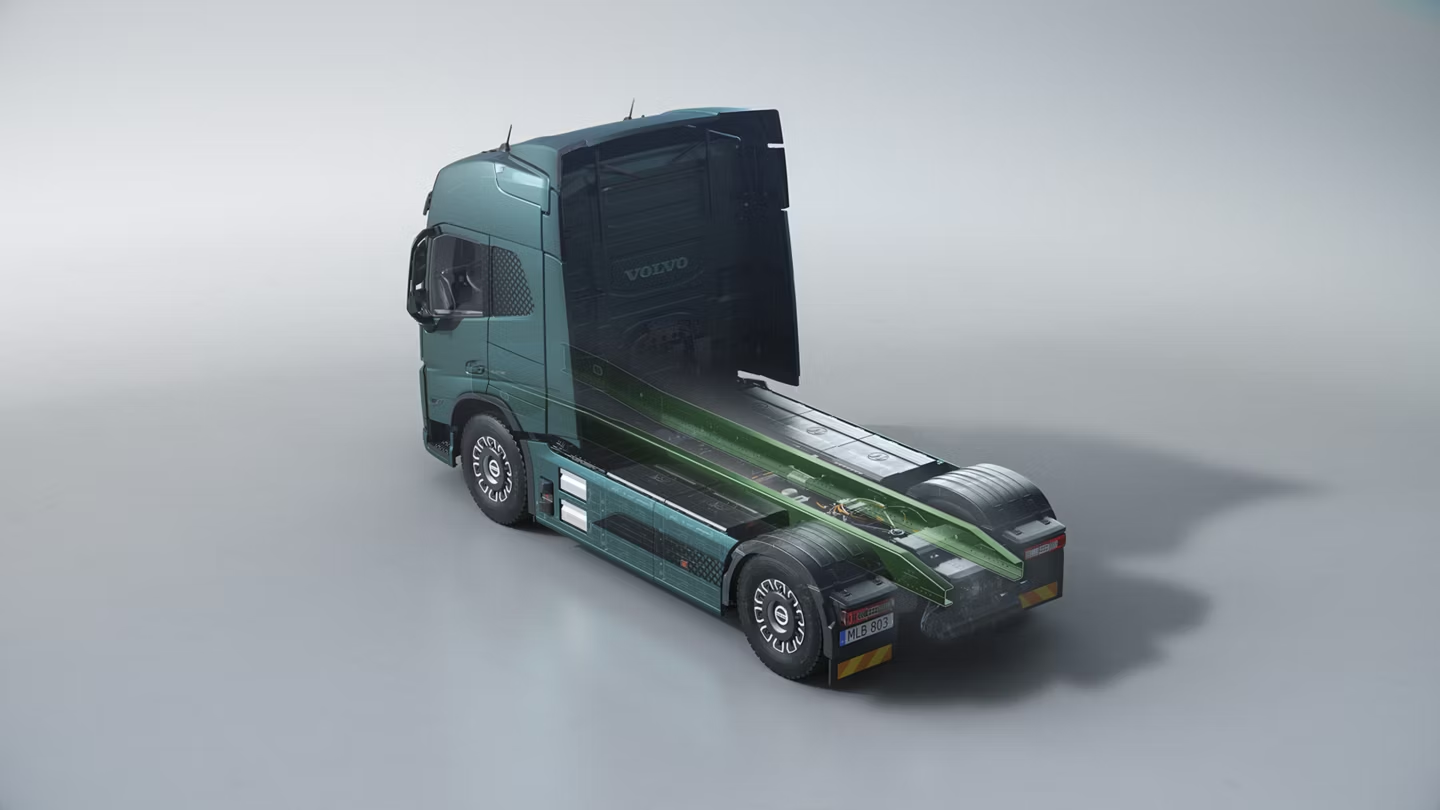
Meantime in the continuing war of words which earlier this week saw the ATA attack Austroad’s study on vehicle widths, the government road agency has reiterated it has recommended that heavy vehicle width be extended from the current 2.5metres to 2.55metres, while not ruling out future increases to 2.6 metres.
Austroads says it consulted with industry stakeholders and with road managers in preparing its report and that has some level of consensus, but clearly doen’t not from the ATA.
Austroads says the results of the consultation indicate there is majority support for a change in the national policy to allow all freight vehicles to operate at a maximum of 2.55metre.
It mentioned the fact that New Zealand has allowed heavy vehicles to operate up to 2.5 metres without restriction for the past two years and Austroads says there have been no known problems with the move.
“Most of Australia’s trading partners regulate a maximum heavy freight vehicle width of at least 2.55metres and many allow 2.6metres for refrigerated vehicles,” the Austroads statement said.
“This means that most imported heavy freight vehicles must be modified to comply with Australian standards before use in Australia.”
There is a large number of 2.55metre-wide heavy vehicles already allowed to operate in Australia through exemptions or permits from the National Heavy Vehicle Regulator (NHVR) or through the Australian Design Rules (ADR) and Heavy Vehicle National Law (HVNL).
“This results in productivity impacts including increased costs of procuring new vehicles and the increased cost for operations of modified vehicles and additional regulation and administration costs in getting approvals from road agencies and NHVR,” Austroads said.
“The need to modify imported heavy freight vehicles before use on Australian roads also results in safety impacts, due to slower penetration of newer vehicles with modern safety technologies and limitations on installing safety technologies which extend beyond the 2.5metre width.”
Austroads said respondents to the research indicated support is conditional on mandated safety technologies being included as part of the change, while others raised concerns about the potential impact on domestic manufacturers and challenges for road managers when assessing the risks of wider vehicles.
“These risks could be mitigated by mandating driver training and specific safety technologies (such as blind spot information systems and side under-run protection) and by supporting domestic manufacturing (transitional arrangements and subsidies to adapt processes),” it said.
Austroads admits other respondents suggested the proposed change was not enough, and the change should allow vehicles access at 2.6 metre.
“The option to expand the policy change to allow some vehicles access at 2.6metre is recommended for future consideration after the 2.55metre relaxation has been proven on the network,” it concluded.
“While Austroads recognises that moving to a maximum heavy freight vehicle width of 2,600mm would generate benefits for some in the freight industry, and especially the operators of refrigerated vehicles, the impact of the wider vehicles on road safety would need additional consideration.”



